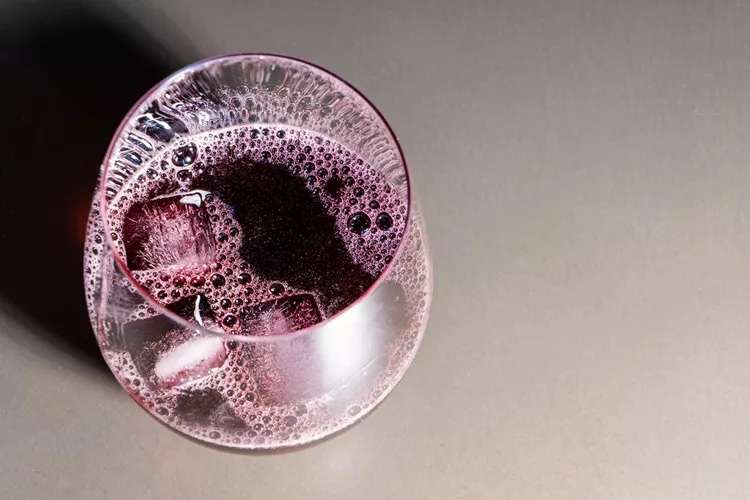Intro: Wine Is for Everyone
Let’s be real — wine tasting has a reputation problem. Swirling, sniffing, and describing your wine as “brambly with a whisper of forest floor” sounds intimidating. But it shouldn’t be. Tasting wine is about enjoyment and curiosity — not memorizing jargon or impressing anyone.
If you’ve ever thought, “I like this wine, but I don’t know why,” this guide is for you. Here’s how to taste wine confidently — no gatekeeping allowed.
Step 1: Look — Observe the Color
Hold your glass at a 45° angle against a white background.
Ask yourself:
-
Is it pale or deep?
-
For whites: is it straw, golden, or amber?
-
For reds: is it ruby, garnet, or purple?
📝 What it tells you: Age and grape variety. Older reds go brick-orange. Younger ones are purple-rimmed.
Step 2: Swirl and Sniff — Smell Matters More Than You Think
Give the glass a gentle swirl (not a storm) to release aromas, then take a deep inhale.
You might smell:
-
Fruit (apple, cherry, tropical)
-
Floral (rose, violet)
-
Spice (pepper, cinnamon)
-
Earth (mushroom, wet leaves)
-
Oak (vanilla, toast, smoke)
📝 Pro tip: There’s no wrong answer. If it smells like your grandmother’s cherry pie, say that.
Step 3: Sip — The Moment of Truth
Take a small sip and let it coat your entire mouth. Think about:
-
Sweetness: Dry or sweet? (Most table wines are dry.)
-
Acidity: Does it make your mouth water?
-
Tannins (for reds): That drying, tea-like grip.
-
Body: Light like skim milk, or full like cream?
-
Alcohol: Does it feel warm?
-
Flavor: Do the aromas match what you taste?
📝 Let the wine linger. How long do the flavors stay on your tongue? That’s the “finish.”
Step 4: Say What You Think (Without Feeling Dumb)
Forget the fancy terminology. Try:
-
“This is juicy and refreshing.”
-
“It’s a bit sharp on the finish.”
-
“I taste strawberries and black tea.”
Use words you know. You’re not taking a test — you’re connecting with the wine.
Step 5: Ask Yourself – Do I Like It?
That’s the most important question. Wine tasting isn’t about finding the “best” wine — it’s about finding your favorite wine.
Keep notes on:
-
What you liked
-
What you didn’t
-
What food it went well with
This builds your palate and helps you order wine like a boss next time.
Common Myths, Debunked
❌ “If I don’t get notes of quince, I’m doing it wrong.”
✅ Most people describe wines in relatable terms — fruit, spice, texture.
❌ “Red wine with meat, white wine with fish.”
✅ Good rule, but weight + flavor matter more than color.
❌ “Expensive means better.”
✅ Many $15 wines outperform $50 bottles depending on your taste.
Wine Tasting Lingo Cheat Sheet (No Pretension Edition)
-
Bright = Refreshing acidity
-
Round = Smooth and soft
-
Grippy = Strong tannins
-
Jammy = Ripe, fruity, almost sweet
-
Mineral = Like wet stone or sea air
Host Your Own Mini Tasting
Grab 3 bottles (same grape, different regions), print some tasting sheets, and gather a few friends.
Theme ideas:
-
All Sauvignon Blanc from different countries
-
Red blends from Old World vs. New World
-
Organic vs. conventional wines
Final Sip
You don’t need a certification to enjoy wine — you just need curiosity and a good glass. The more you taste, the more you learn. And remember: if it tastes good to you, you’re doing it right.






Comments